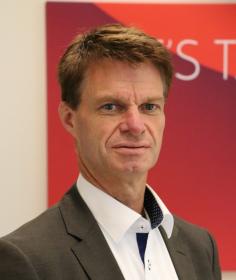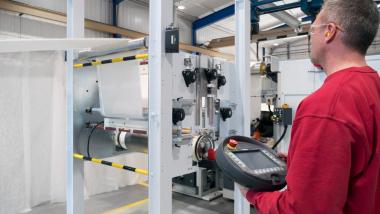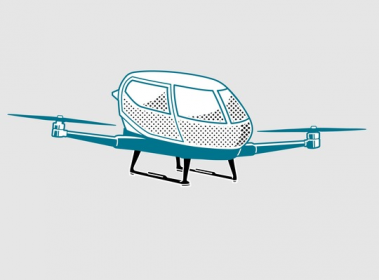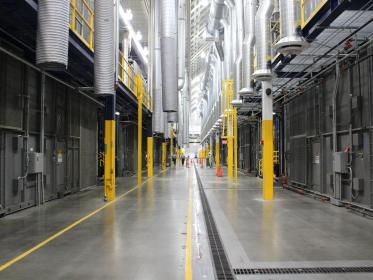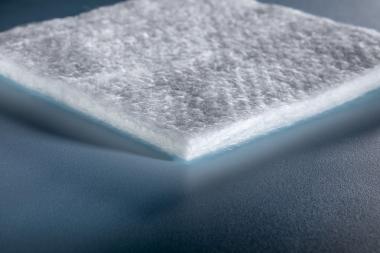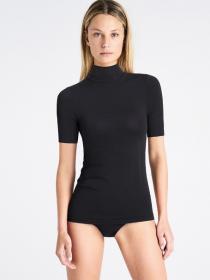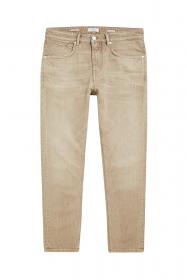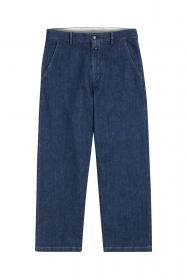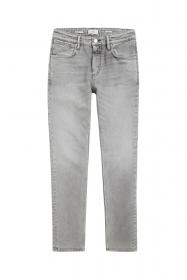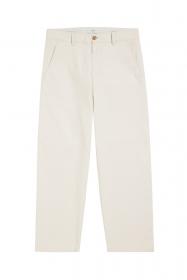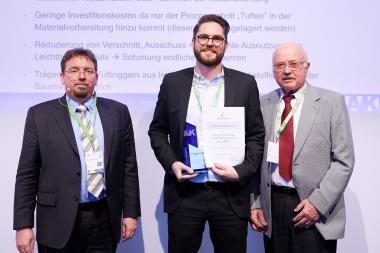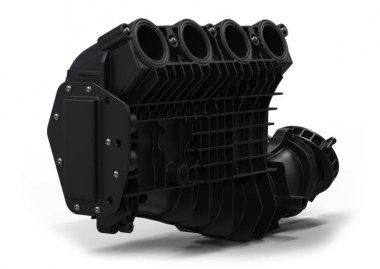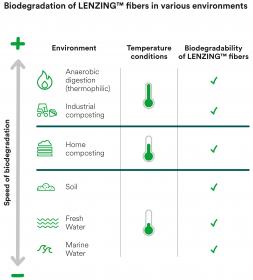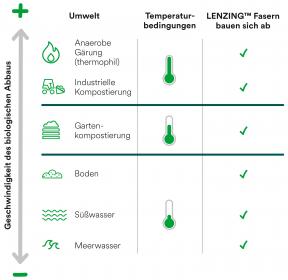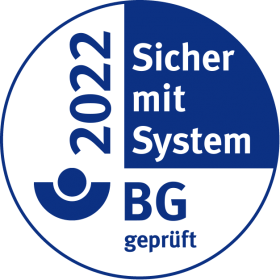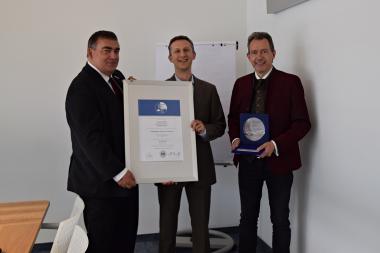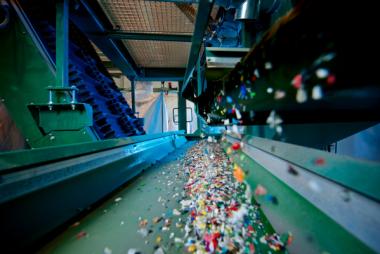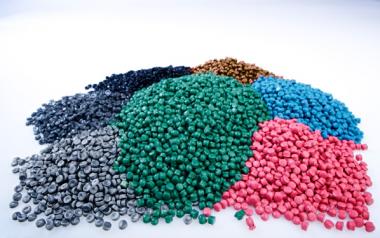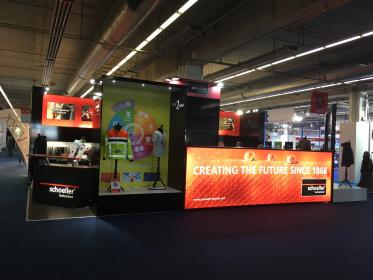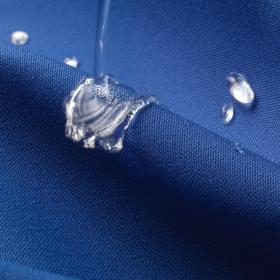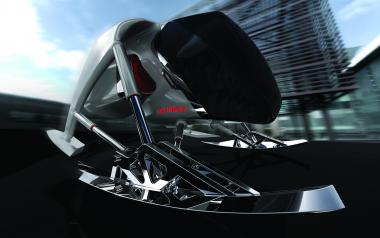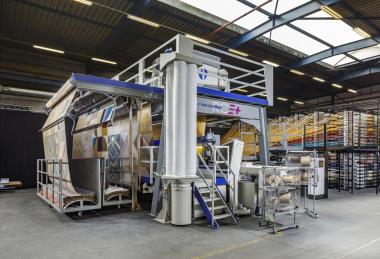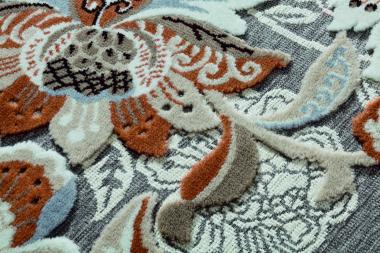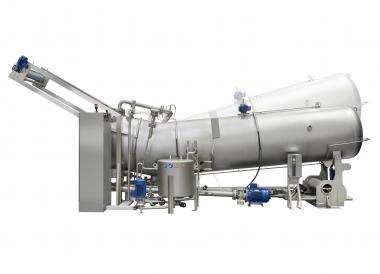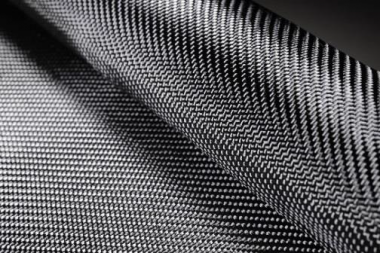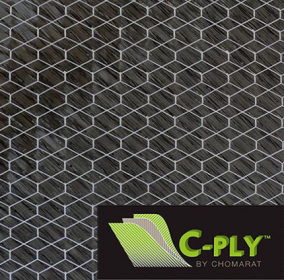AZL and IKV launch common project
In the AZL Workgroup "High-Performance SMC", a project was developed in cooperation with M-Base, the IKV and the AZL partner network for the efficient and standardized provision of engineering data for SMC. Within the scope of the project, companies can participate in the definition of the required characteristic material data, the guidelines for the production of test specimens and the test specifications.
Sheet Moulding Compounds (SMC) are used in various application areas such as vehicles, electronics, construction and infrastructure.
Driven by the requirements to reduce the production costs of lightweight components, a new generation of SMC components with high mechanical properties is of highest relevance. SMC offers enormous potential to realize structural components with good lightweight characteristics at significantly reduced costs compared to conventional continuous fiber-reinforced components.
In order to further establish SMC in broad industrial applications companies participating within the AZL Workgroup recognized the value of a data bank for data harmonization of SMC to provide the possibility of easily finding the right material with its characteristics for the needed specific requirements.
“The segment of SMC is with 250,000 tons production per year the largest composites market in Europe. I am very pleased that we start now with the project of data harmonization along the complete value chain. The goal is to have a similar data base as already established by Campus® for thermoplastics and thermoplastic composites. Only with a reliable set data we can convince the engineering experts to use SMC in a larger variety of applications,” says Dr. Michael Effing, Chairman of the Board of AVK and Composites Germany.
As of right now a databank for engineered thermoplastic materials (by Campus®) already exists and is offering an immense value.
Under the lead of M-Base, Dr. CEO Erwin Baur who has successfully established the CAMPUS database, the AZL, IKV and companies along the value chain of long fibre reinforced SMC initiated to build a CAMPUS-compatible data structure and material characterization methodology during the High-Performance SMC Workgroup Meetings.
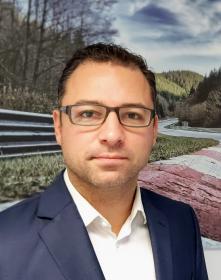 (c) AZL Aachen GmbH
(c) AZL Aachen GmbH
 (c) AZL Aachen GmbH
(c) AZL Aachen GmbH
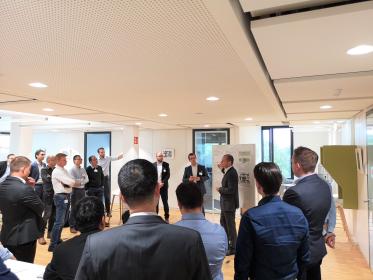 (c) AZL Aachen GmbH
(c) AZL Aachen GmbH
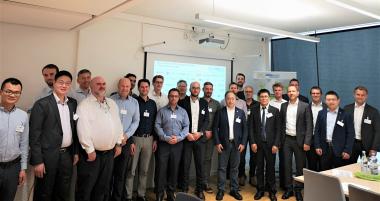 (c) AZL Aachen GmbH
(c) AZL Aachen GmbH
 (c) AZL Aachen GmbH
(c) AZL Aachen GmbH
 (c) AZL Aachen GmbH
(c) AZL Aachen GmbH
AZL Aachen GmbH


